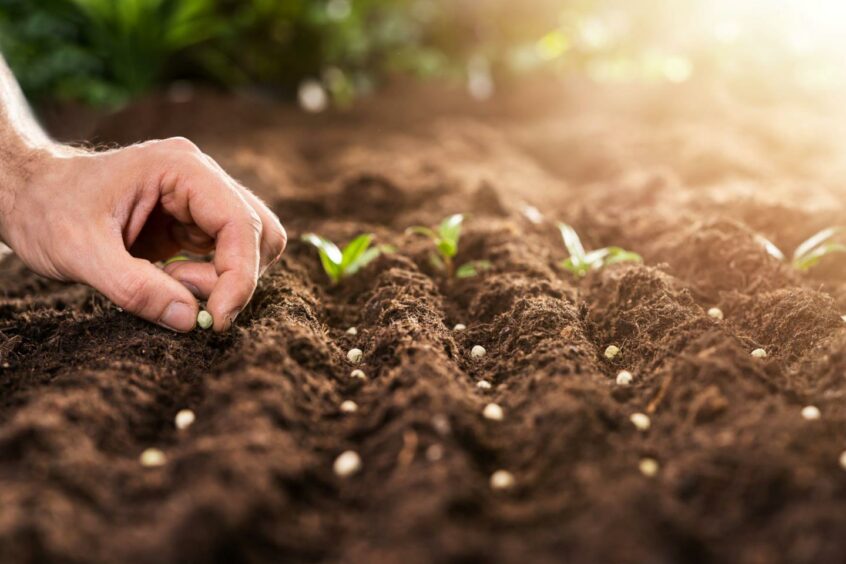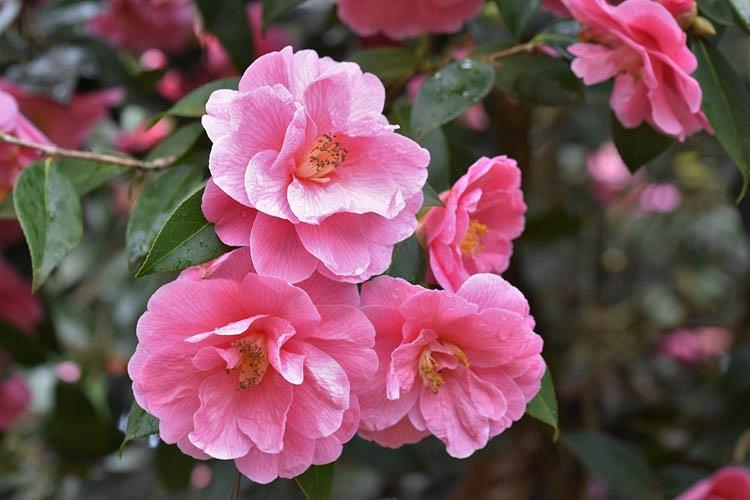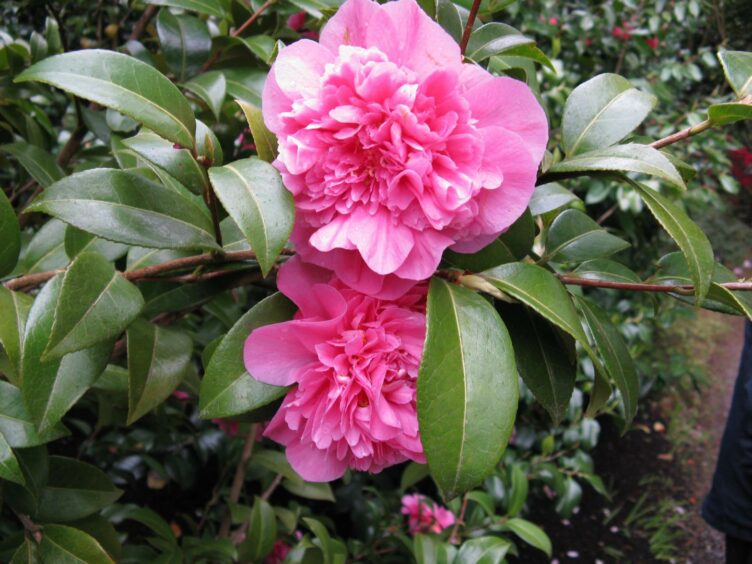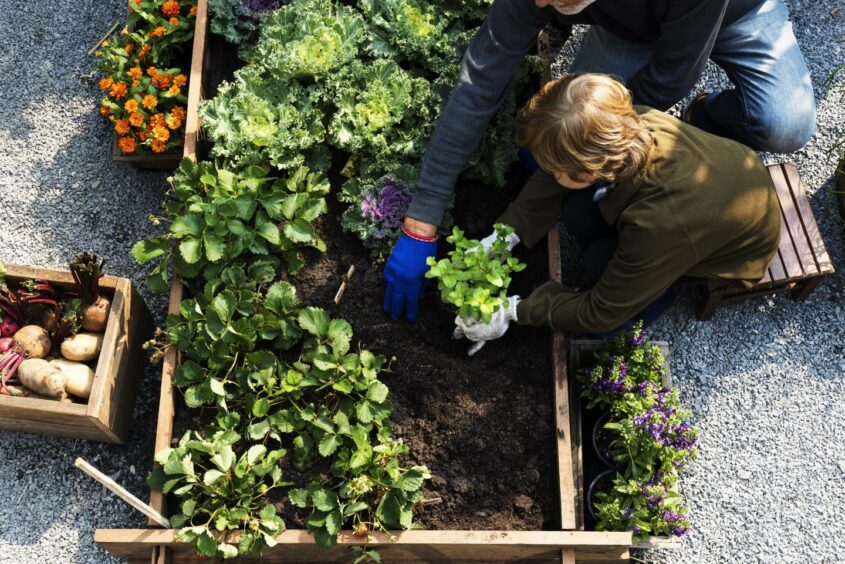As we approach the festive and gift-giving season of Christmas, let me raise a topic for you to think about.
If you receive a gift for the garden, which you have never seen before, do you read the relevant instructions?
I think you will know where this takes us because I constantly remind readers to “do your homework” before buying a plant that takes your fancy.
The theme doesn’t just apply to plants.
Let me tell you a story. Some years ago, a chemical called Basamid came on the market for commercial growers.
It was a sterilant principally used on glasshouse soils which don’t benefit from weathering and leaching and because mono-cropping was standard practice (same crop every year).
Repackaged
The success of the treatment in eliminating soil-borne diseases reached the ears of some allotment holders who clubbed together to buy commercial quantities which they repackaged for their members, enclosing very basic instructions.
It became so popular, some distributors decided to package it for amateur gardeners, with dire results.
It was withdrawn from the amateur market within weeks because of the number of complaints.
Whilst this product was extensively used successfully by commercial growers, it soon emerged that the gardening customers were guilty of not reading the instructions.
Basamid was a soil fumigant, applied to the soil surface then covered over with polythene for several weeks, during which time it killed weeds as well as soil-borne pests and diseases.
Only then, you worked the soil to allow any remnant fumes to escape before sowing or planting the new crop.
Sadly, Joe Bloggs was working it into the soil just prior to planting, as if it was a fertiliser.
As a result his seedlings or plants collapsed and died.
When you get back into the garden after the celebrations, anxious to try out a new bit of kit, sow or plant something you have never seen before, be sure to begin 2022 by reading the small print.
Plant hardiness
Now to another question which is being asked more frequently.
I met a family the other day who have just moved to Aberdeenshire from Englandshire.
They had brought a couple of Camellia plants with them, growing in pots with the intention of planting them in the new garden.
Question: Would they thrive, would they be hardy enough?
Understandably, with all the current chat about climate change, they wondered if the guidance on plant hardiness might have changed.
The answer is a qualified “yes” but it will be a very slow process. That said, I do see some of our established plants acting slightly differently but the changes are ever so gradual.
To my point, say these folks had bought the Camellias from a specialist grower in Cornwall and planted them in Banchory, they might have a problem but that does NOT mean that you can’t grow Camellias in Banchory.
Let me explain, many of our popular perennials growing here in Scotland will have relatives originating from around the world.
Native climate
If their native climate is much like Scotland’s these plants will thrive here given appropriate growing conditions. Now we are back to the homework again.
There are three popular Camellia species grown in the UK and each species may have a series of varieties.
Check the label: Camellia japonica, Camellia x williamsii and C sasanqua.
The first two with their named varieties are hardy in Scotland but I would steer clear of the last named, it could be dodgy.
My best advice for people moving from one part of the country to another is to take a walk around the local area to see what DOES grow in the neighbourhood, then do the homework.
Stately home gardens open to the public can also be a helpful source of guidance but be careful, they usually operate on a grander scale where space is seldom a limiting factor.
Time to plan ahead
Finally, for now, as this bizarre year comes to an end, to the many new recruits to gardening as well as established local gardeners, get yourself ready for another challenging new season.
Sort out your plans for the coming growing year; in the vegetable plot, sort out your rotation and go on, be brave, try a new variety or two alongside your regular favourites.
How else will you get to know whether the new one is better than the old stager?
I will also be checking over my garden tools and machinery, including the lawn mower. Yes, I will continue with the weekly trimming, rewilding is not for me.
I already cater for a wide range of wildlife in the garden by growing a very wide range of plants.
To you and yours – have a Happy Christmas and a Guid New Year, whilst staying safe.






